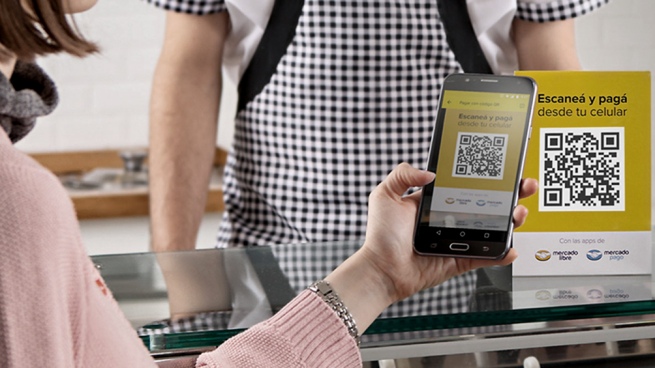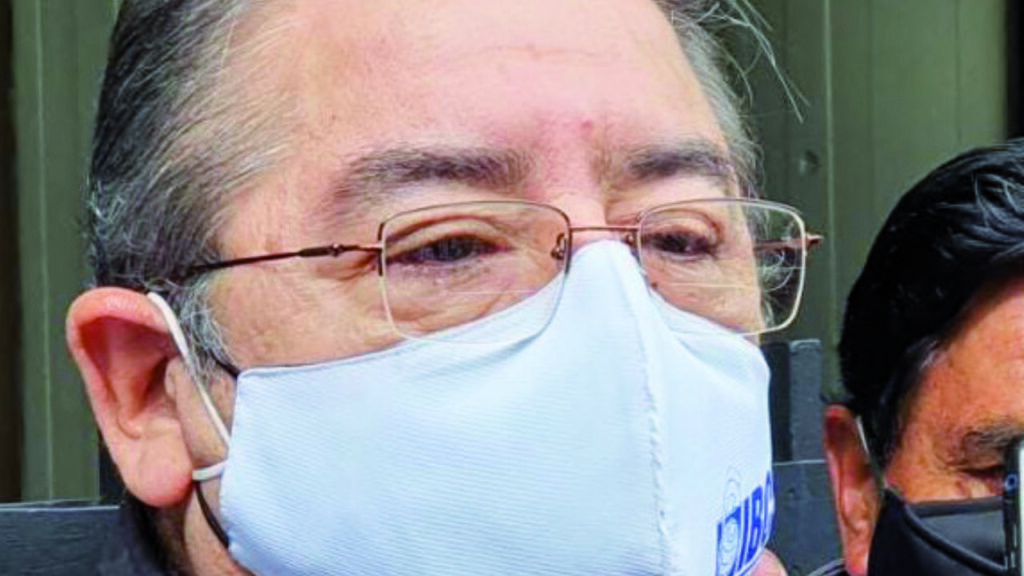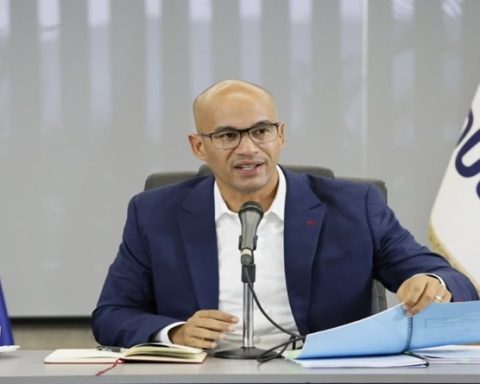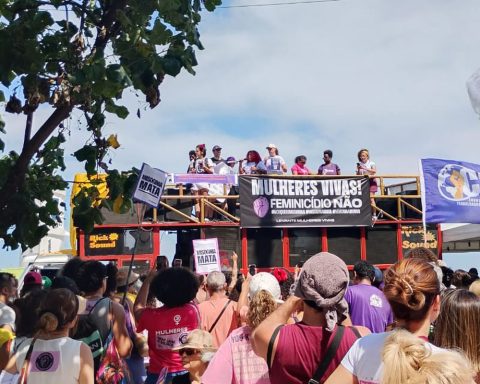The adoption and use of interoperable QR codes as a payment mechanism in Argentina Since the launch of the Transfers 3.0 system on November 29, it is accelerating and 2.01 million operations have already been carried out with a total volume that mobilized more than 3,500 million pesos, according to data from the Central Bank (BCRA).
The data -which correspond to the operations carried out until mid-January- reveal that the use of the new standardized payment system with QR codes was consolidated in a very short time and maintains an upward trend.
In that sense, while the average the number of daily operations carried out in December was 39,115, in the first 16 days of January the average rose to 46,828 operations per day (+19.2% in just two months) while reaching a peak of 79,000 on the 7th from January, the daily maximum recorded.
According to data from the latest Report on Banks of the BCRA, transfer payments increased significantly in December 2021 compared to the previous month, both in amounts (+20.8%) and in amounts (+27% real), thanks to the increased use of cards and codes QR.
In fact, if December 2020 is compared, total transfer payments increased 128.4% in terms of the number of transactions, and 34.5% in real terms in terms of the amounts operated.
“It is estimated that as of December transfer payments came to represent 1.8% of GDP (+0.2 pp than the same month of the previous year)”, detailed the BCRA report published this week.
Payments initiated through QR in the framework of the Transfers 3.0 scheme imply full interoperability between bank and fintech digital wallets with acceptors, which allows greater use of digital payments when making daily operations such as purchases in local businesses that, in most cases, are carried out in cash.
In that sense, Although there are no official data due to the underreporting of these operations, it is estimated that about 80% of the payments made in Argentina are in cash, a percentage that is too high in view of the objective of formalizing the economy, although it is lower than that of years ago, when it was calculated that payments in cash explained more than 90% of the total.
The Transfer 3.0 system is a new open and universal digital payments ecosystem, which facilitates access to digital payments through any smartphone that, by downloading a virtual wallet (Mercado Pago, Ualá, Iudu, Bimo, Naranja X, TAP or Yacaré ) or bank (BNA+, Cuanta DNI, Ank, BBVA Go, among others) that reads QR codes, you can make payments with transfers both from bank accounts with CBU and from payment service provider accounts with CVU.
Transfer payments are accessible, efficient and safe, thus avoiding the use of cash, and it is not necessary to have a debit card.
Currently there more than 60 companies participating in the system: three administrators (Coelsa, Prisma and Red Link), 15 acceptors and 16 payment applications, although there are almost 40 that are taking steps to join both as payment acceptors and as wallets.
With this system, merchants will irrevocably receive the money in their accounts in less than 25 seconds and with the lowest commission in the market (from 0.6 to 0.8%), which will help to simplify operations and compete against cash which, despite the progress of virtual payment mechanisms, continues to be the method of payment used in about eight out of 10 transactions.
This is a resounding improvement over other electronic payment methods such as those made with a debit card, that are credited within 24 hours, or by credit card, which is done within eight to 18 business days, depending on the size of the company that receives the money (if it is micro or small it will be in eight days, if is medium in 10 and if it is large 18 business days).

















